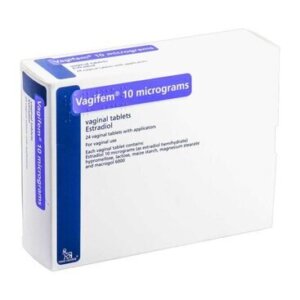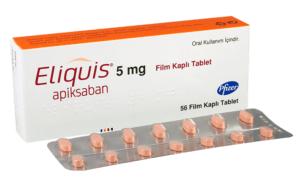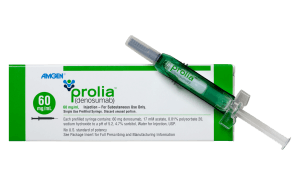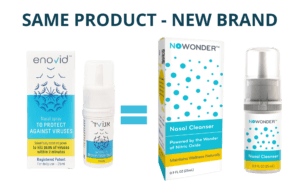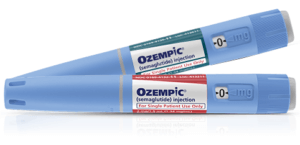As families and friends set out on their long-anticipated summer vacations to reap the benefits of hard work and good weather, it’s important to brush up on some basic summer safety tips to keep pleasure at a maximum and unwanted consequences at a minimum.
Embracing the great outdoors: The resurgence of camping vacations among US families.
For the past four years, camping vacations have never been more popular, thanks no doubt to the COVID-19 pandemic putting a spoke into the wheel of more “modern” holidays, such as cruise liners, airline trips to far-off lands, and hotel resorts.
Each year, the Dyrt website publishes a newsletter describing current trends in who/where/what is happening in camping. For the year just passed, the report highlights positive trends, such as:
- 2022 was the most booked-up year ever, when it was five times harder to find an available campsite than it was pre-pandemic
- in the last two years, more than 15 million Americans went camping for the first time
- over 35 million Americans camped in an RV in 2022
- there has been a strong increase in accommodation, with added campsites and expanded calendars.
Now that families have rediscovered the simple pleasures and closer connection with nature that camping vacations bring, levels of popularity all over the country are bringing millions to embark on journeys to explore national parks, pitch tents under star-studded skies, and create unforgettable family memories around campfires.
The appeal of camping lies partly in the variety of experiences it offers. For some, it’s about the thrill of backcountry camping, where families venture on multi-day hikes and camp in the wilderness, completely self-sufficient. For others, it’s the lure of RV camping, driving through picturesque routes, and stopping at well-equipped campgrounds. “Glamping,” or glamorous camping, is an increasingly popular choice.
A little advanced planning for summer safety is vital for all the glorious experiences that await a family setting out on their camping excursion. It’s essential to take an assessment of what risks there are to health and safety, and therefore, along with the holiday clothes and sports equipment, pack a well-stocked and appropriate first-aid kit plus any medications needed.
The outdoor enigma: navigating health hazards during camping adventures.
A longing for adventure, the joy of being in unexplored nature, and the thrill of breaking away from urban noise all epitomize the unique draw of a camping vacation. But, along with this enchanting prospect, certain health hazards may lurk unseen, so paying attention to what will promote better summer safety is important.
Camping brings increased exposure to the elements. Nature’s unpredictability can result in unremitting sunshine and bone-chilling cold. This makes proper planning vital.
Exposure to unfamiliar flora and fauna is another health risk of camping. Encounters with harmful plants like poison ivy or oak can cause rashes and severe allergic reactions. Insect-borne diseases also pose a significant risk to campers. Ticks may carry Lyme disease; mosquitoes transmit diseases like malaria, West Nile Virus, and Zika, while fleas from rodents can cause Hantavirus. To protect against these dangers, campers should use bug repellants and wear long-sleeved clothing.
In activities like hiking or climbing, injuries like sprained ankles, fractured bones, and cuts from accidental falls are not uncommon. A well-stocked first aid kit and basic knowledge of first aid are indispensable to manage these incidents when professional medical help can’t be reached quickly.
Stocking up on over-the-counter remedies : pharmaceuticals for the outdoor enthusiast
Exposure to harsh weather conditions can increase risks such as heatstroke or hypothermia. For instances of heat exhaustion, carry rehydration salts. Interactions with harmful plants or wildlife can result in skin rashes and allergic reactions. Antihistamine creams and tablets can also provide relief from them. Simple oral medications like Claritin deliver a non-sedating antihistamine that reduces the body’s reaction to an allergen. Topical corticosteroids, like Kenacort hydrocortisone cream, can help soothe rashes. When camping near water bodies, the risk of waterborne diseases looms. In the case of diarrhea or gastrointestinal distress, Imodium is an OTC medication that can help manage symptoms until professional medical help can be reached.
For burn injuries, a topical burn relief cream like Hycomycin, which contains hydrocortisone combined with an antibiotic (neomycin), can provide initial relief.
That warm summer sun – what does it bring?
After spending half the year mostly indoors or fully dressed and under clouds whenever they venture out, there’s the chance that people will overdo the new opportunities to soak up the sun. Then, they’ll also expose themselves to the invisible yet potent threat of ultraviolet (UV) radiation. Prolonged exposure can lead to sunburn in the short term, premature skin aging, and an increased risk of skin cancer if it persists. It can also cause photokeratitis, a painful eye condition called ‘snow blindness.’
Applying a broad-spectrum sunscreen that protects against UVA and UVB rays is crucial to shield the skin from UV radiation. Still, despite these precautions, sunburn may occur. Over-the-counter remedies can help alleviate the discomfort of sunburn. Aloe vera gel and creams can soothe and cool the skin. Non-prescription pain relievers like Nurofen can help reduce pain and inflammation. Importantly, drinking plenty of fluids can prevent dehydration, a common consequence of sunburn.
In the case of photokeratitis, overexposure to UV rays can lead to painful, red, and sensitive eyes. Artificial tears or eye drops can provide relief by moisturizing dry and irritated eyes. Pain relievers like Tylenol (acetaminophen) can help manage pain. Consult with a healthcare provider if symptoms persist.
What’s a good first-aid kit need?
It’s especially critical to ensure your home first aid kit is portable to add flexibility as you move into unfamiliar environments where pharmacies and doctors are unfamiliar. While the kit described in the link above is quite comprehensive, pay extra attention to the following short section.
When prescription medications come along for the trip.
Specific health hazards may warrant the use of prescription drugs. Recognizing these risks and packing appropriate prescription medications required for summer safety can ensure campers can access crucial treatment when needed.
When a camper has a history of reacting to allergens like pollen and grass more actively, doctors can prescribe an antihistamine and nasal decongestant activity like Clarinase. A history of reaction to allergens with skin rashes or hives could require more active topical treatment, like Betacorten and Allegra Allergy.
Studies have shown that the possibility of going into anaphylactic shock from encounters with harmful plants, insects, or food allergies may be inherited. It can be life-threatening unless there is immediate medical attention. If a close relative experienced this in the past, then having an Epinephrine Auto-Injector (EpiPen) on hand can save lives, temporarily alleviating severe allergic symptoms until professional help arrives.
Another hazard that may necessitate prescription medications is insect-borne diseases. For campers planning to visit areas with a high risk of diseases like malaria or with a history of exposure to areas with ticks carrying Lyme disease, take along suitable prophylactic antimalarial drugs such as Vibramycin (with doxycycline) or Malarone (with Atovaquone and Proguanil), which healthcare providers can prescribe.
For campers venturing into high-altitude areas, Diamox (acetazolamide) can help prevent and reduce the symptoms of altitude sickness, including headache, dizziness, and nausea.
Naturally, for campers with chronic conditions such as asthma, diabetes, or heart diseases, which could be exacerbated by the physical exertion or stress associated with camping, it’s crucial to carry sufficient stock of routine prescription medications, such as inhalers, insulin, or heart medications.
Frequently Asked Qusestions
Is antihistamine cream the same as hydrocortisone?
Diphenhydramine blocks histamine from binding inside skin cells, which is the cause of allergic skin symptoms like itchiness. Hydrocortisone cream works by lowering inflammation when there is a reaction to allergens.
What cream is better than hydrocortisone?
Betacorten (betamethasone) is generally recommended if OTC topicals like hydrocortisone cream do not relieve symptoms effectively. Betamethasone can be far more potent than hydrocortisone. Both are available in ointment form.
Is there an inherited tendency to have allergies?
There is a familial tendency (called atopic) to develop allergic conditions. It’s estimated that over half of the children born into atopic families will develop an allergic disease.
Who is most at risk of anaphylaxis?
Anaphylaxis is rare, and people of all ages can be affected. People with the allergic skin condition atopic eczema and other allergic conditions, such as asthma, are most at risk of anaphylaxis.






